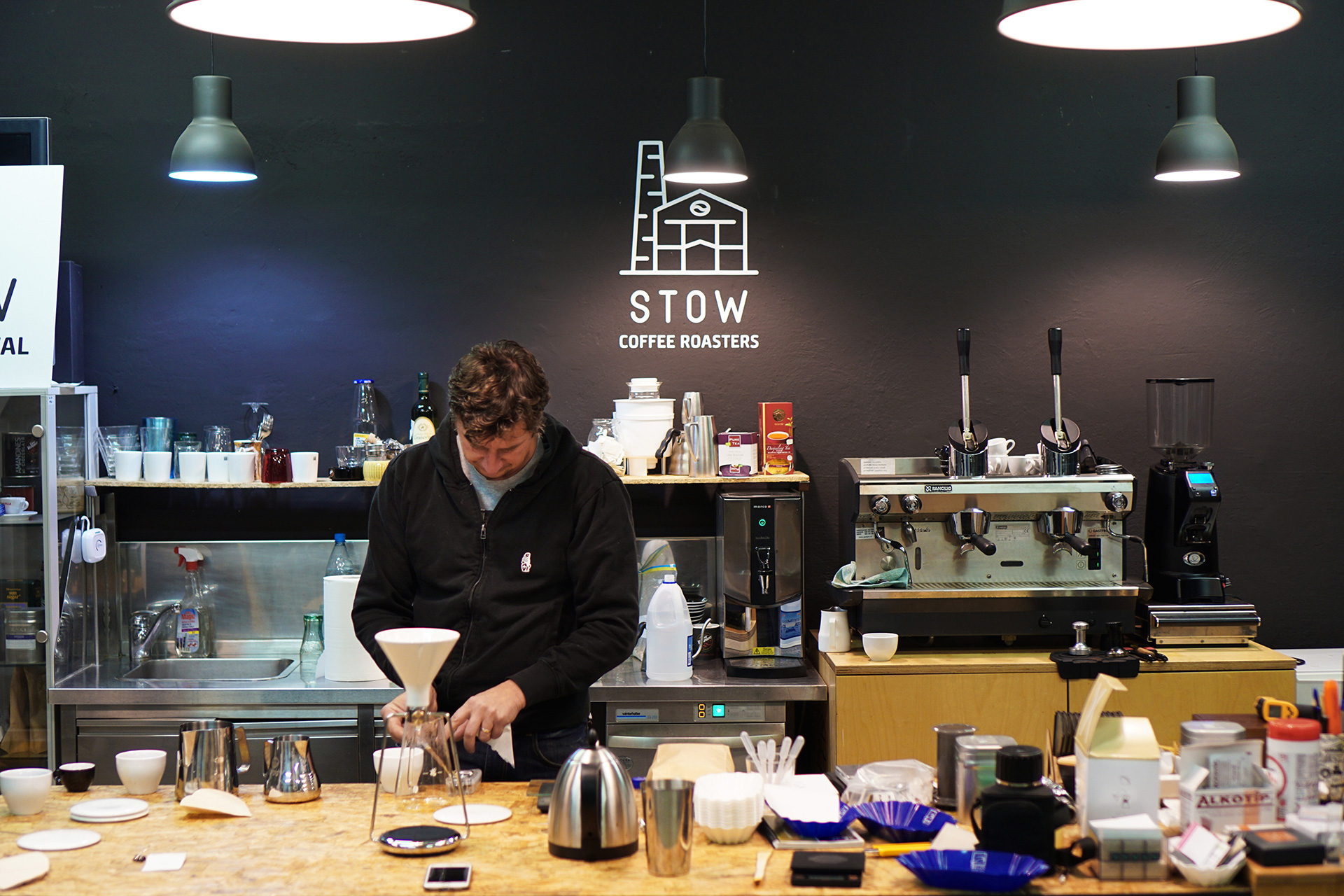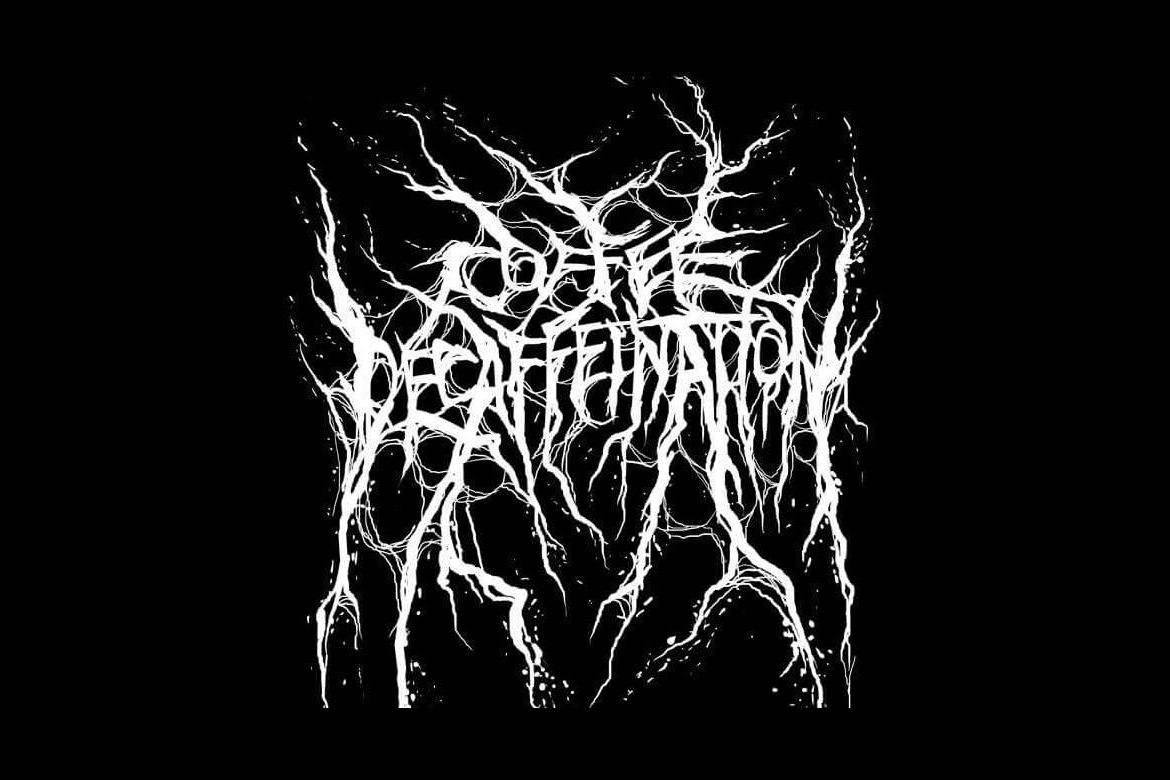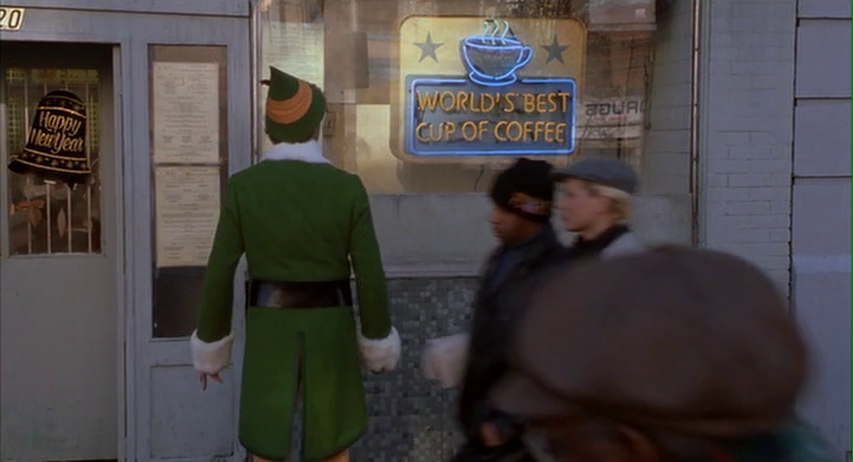
Slovenians are among the most enthusiastic coffee drinkers in Europe, and they may even be the champions in terms of caffeine consumption. According to Caffeine Informer, Slovenia consumes the fourth-most coffee by weight in the world (6.1 kg per capita) and their preferred preparation of coffee is Turkish. Not the thimble-sized portions you might be imagining, but rather giant, tar-rich mugs—full, several times a day, spiked with sugar and milk—lots of both. The world’s top three coffee consumers (Finland, Norway, and The Netherlands) tend to prefer filter roast (according to Nordic Coffee Culture, it’s the choice of 94% of Finns). Caffeine Informer estimates around 120 mg of caffeine per 12 fl. oz cup of filter coffee, but Slovenians will often take a 12 fl. oz mug of Turkish coffee for breakfast and another after lunch, each one bursting with an estimated 300 mg of caffeine. 86% of the 8,800 tons of coffee per year sold in Slovenia is ground coffee sold for Turkish preparation, with the former Yugoslav brand, Barcaffe, owning three-quarters of the market, as it has for decades.
This was once the only game in town. Prior to Slovenia’s independence in 1991 and subsequent entry into the EU, Barcaffe was among the precious few options available when it came to coffee (to buy other brands, Slovenes had to drive to Italy or Austria). There’s a bit of patriotic pride to drinking it, since it was a nationalized brand during the socialist period, but nowadays, with innumerable options available, it’s become a matter of habit. Slovenians drink espresso when out at bars, inspired by their Italian neighbors (Trieste, the home of Illy, is just across the border, and until World War I, was the largest city in Slovenia, before it was ceded to Italy), but it’s dark-roasted Turkish at the breakfast table. When visiting friends, bringing a bag of Barcaffe is standard practice as a thank-you-for-hosting-me gift. So, for a nation that was raised, for generations, on “boil three times” Turkish coffee prepared at home—introducing specialty coffee has been an uphill battle.
With a population of just two million, and a minuscule mass of culturati based almost exclusively in the capital, Ljubljana (population 300,000), Slovenia’s coffee landscape is occupied by very few players. When I asked Aleš Turšič, a founder of Stow Coffee Roasters in the charming mountain town of Kamnik, about the specialty coffee scene in Slovenia, he could list its protagonists on one and a half hands. The first in Ljubljana was Tine Čokl, founder of Čokl, a miniature coffee bar in the shadow of Ljubljana Castle. In Maribor, Slovenia’s second-largest city, he named Grega Blažič. On a nationwide (but still boutique) scale stand Omar and Katja Escobar.

From Honduras, With Love
Katja Escobar hails from Vrhnika, a town just southwest of Ljubljana with a cultural association with coffee. Slovenia’s most famous prose writer, Ivan Cankar (1876-1918), published a short story, “Skodelica Kave” (A Cup of Coffee), in which he evokes a Proustian moment and asks his mother to bring him a cup of coffee, while writing in his room in Vrhnika. The Escobars first met while both working on a cruise ship—Omar moved from his native Honduras to Katja’s town, where they began a modest coffee roastery—Escobar Roastery—in their garage. They often travel back to visit family in Honduras, or explore other coffee countries, meet farmers, and arrange to ship green coffee to Slovenia to roast and sell there.
The Escobars are the most successful boutique roasters in Slovenia because they’ve found a sort of halfway sweet spot to convince Slovenians to drink better coffee. They produce single-origin roasts and sell them in bags with one-way degassing valves, but they grind for Turkish preparation (careful to include instructions not to boil the coffee, especially not three times). Not long ago, every Slovenian home had a hand mill for grinding coffee beans, but these days folks want speed at the sacrifice of quality and prefer pre-ground offerings. It is a harder revolution to muster, to get Slovenians to shift away from their mugs of Turkish coffee, and so the better part of valor was to offer them a better coffee to prepare the way they’re used to.
Escobar Roastery also appeals to the traditional home drinker’s market by offering very popular (though, they are aware, uncool among coffee crusaders) flavored options, like salted caramel (guilty as charged: I love this and enjoy drinking it as a sort of dessert). If they had their druthers, the Escobars would encourage the public to shift to other preparations and focus on cuppings and flavor profiles (and to stop flooding the mugs with milk and sugar), but the national atmosphere and habits still feel a long way from that. And so, they’ve devised a midway option that has allowed them to become the best-selling specialty roaster in the country.

The Genius Loci of Slovenian Roasting
If you’re looking for a pro to roast coffee in Slovenia, Aleš Turšič is the go-to specialist. He learned the trade from the back forwards, one might say—his father-in-law was one of the few and first technicians specialized in repairing espresso machines in Yugoslavia, and Turšič worked alongside him. His interest in roasting grew from a visit to Coffee Source in Prague, where he learned the basics from Tomaš Hudec. He also trained with Damian Burghes from Vergnano SCA Academy and Patrick O’Malley of IBCA Coffee Academy. Stow Coffee Roasters, established in the former premises of the Stol (pronounced “stow”) chair factory, is ground zero in Slovenia for experimental roasting, cuppings, workshops for amateurs and professionals, and more. Yet, it’s basically a four-person operation, with Turšič roasting, and colleagues Peter Shevich running workshops and demos, and Damir Jusovic on marketing (with Turšič’s wife, Tanja Turšič, handling the bureaucracy).
Aleš Turšič is still searching for the best business model to bring Slovenians into specialty coffee modernity. He estimates that there are probably just a few hundred hardcore regulars, converts we might say, who go out of their way to try specialty coffees roasted to bring out the best of a coffee’s terroir. “It takes time and patience to sell consumers the story of great coffee,” he says, for them to understand that it will differ from the cliché coffee taste they’re used to. It may be the same beans, but a totally alternative experience, one more akin to tea or fine wines, exploring earthy, floral, or fruit notes. “There’s no need to explain this to those already in the fold,” he says, “but for newcomers, it takes a sales pitch. Slovenians who are willing to try inevitably like it, but they disassociate it with coffee. It would almost be easier if it were called something else entirely.” Still, they may opt for it when out at a hip cafe, but when preparing something at home, aside from those few hundred converts, people still want to make their morning cup in a Turkish copper džezve.

The Best Colombian Coffee in Ljubljana
Telling a story behind each cup is painstaking work, but it is undertaken with enthusiasm by Alexander Niño Ruiz, a charismatic Colombian architect who moved to Poland, fell in love with a Slovenian there, and now runs Črno Zrno (Black Bean), an espresso-cup-sized coffee bar in the medieval heart of Ljubljana. It is regularly packed (which, admittedly, isn’t hard to do, since it’s probably about two meters wide and five meters deep) with locals, but also a steady stream of tourists. It was the only cafe recommended in a New York Times feature on Ljubljana, and this has resulted in its position as the primary target for coffee-hungry travelers.
The coffee is beautiful, with Ruiz sourcing from remote farms in his native Colombia, but he himself is really the star of the operation. People come in to chat with him… and to drink good coffee, but in that order. He’s been told by many customers that if they ever spotted someone else behind the bar, they probably wouldn’t come in. The result of Črno Zrno’s unique layout is that Ruiz speaks, one on one, with each customer, sounds them out about what they’d like to drink, introduces them to new roasts that he’s excited about, and otherwise presents them with a story, not just a list of coffees that most drinkers haven’t heard of. He is the selling point, and those who visit will try anything he recommends.

Converting Slovenians One Story at a Time
This story-first approach is slow, with the biggest headway in introducing specialty coffee to Slovenia and Croatia made through tastings at coffee festivals. The Escobars have introduced an annual coffee festival in their hometown of Vrhnika, drawing lines of customers eager not just to buy good coffee, but to buy it specifically from Katja and Omar, to chat with them about it, and get tips on preparing it. Ruiz has his own line of coffees that Turšič roasts for him, and they are experimenting with subscription mail-order beans or ground coffee business models—anything to make the transition to specialty coffee as easy as possible for stuck-in-their-ways customers.
For now, Slovenia remains a country with a love for coffee of a certain type, and it is upon the shoulders of the specialty coffee revolutionaries to woo the drinkers and bring them into the fold, one cup—and one story—at a time.
Dr. Noah Charney is a Pulitzer finalist and best-selling author and professor of Art History based in Slovenia. This is Noah Charney’s first feature for Sprudge.
Photos by Primoz Korosec.
























